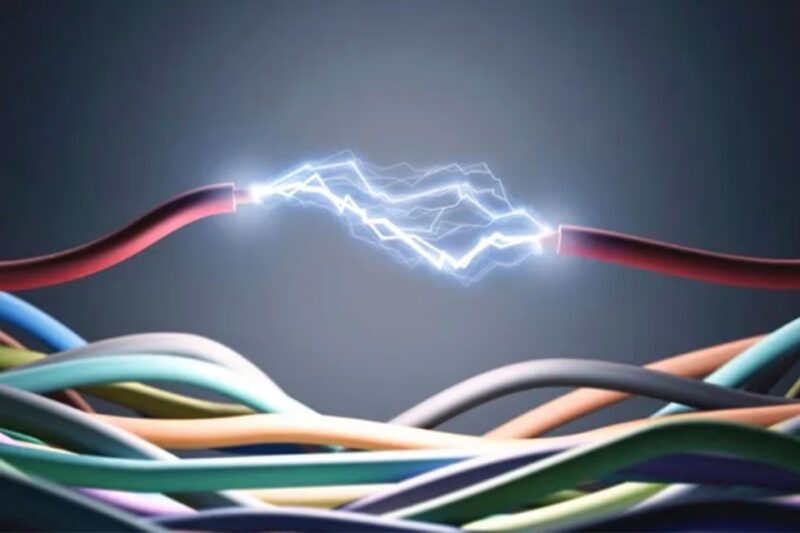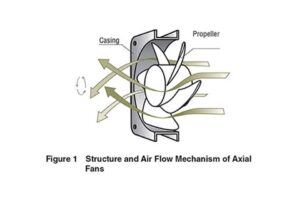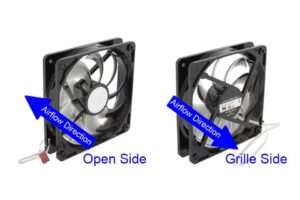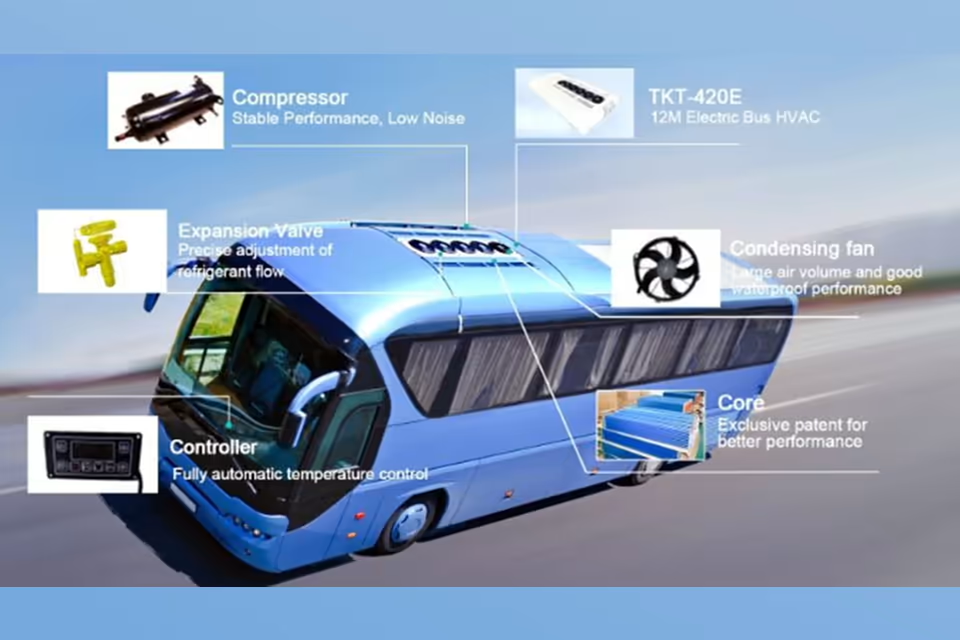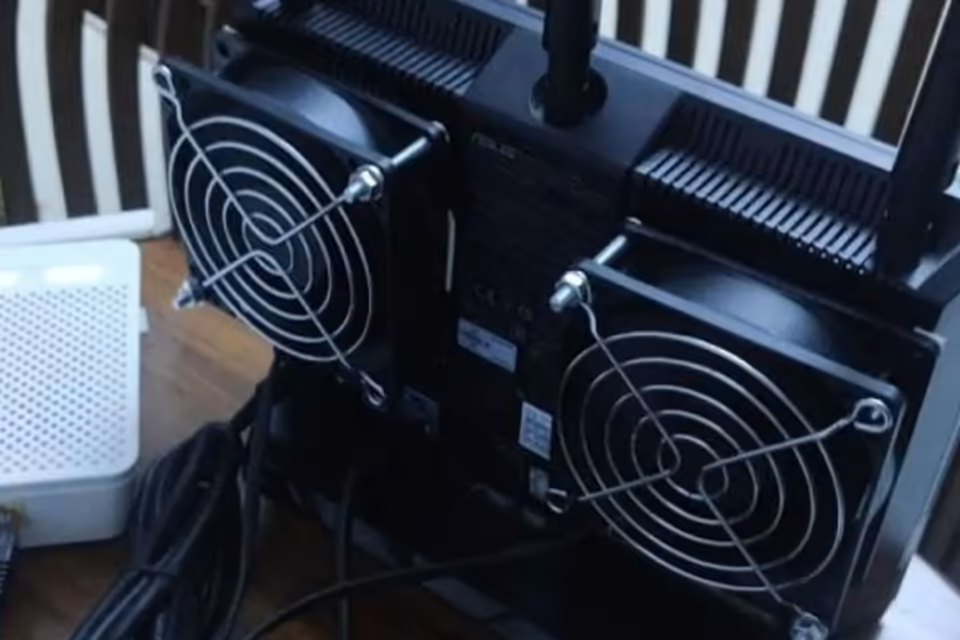電圧、RPM(1分間あたりの回転数)、および気流の関係は、特にHVACシステム、電気自動車、さまざまな家電製品などの用途において、電気モーターの性能の重要な側面です。
この三者関係は、電圧を上げるとRPMが高くなり、換気や冷却にファンやモーターを利用するシステムで気流が増加することを示しています。これらのダイナミクスを理解することは、小型の携帯機器から大規模な産業システムまで、さまざまな技術における効率と性能を最適化するために不可欠です。
電圧はモーター動作の原動力として機能し、多くの種類のモーターでRPMと直接的な相関関係があります。例えば、直流(DC)モーターでは、電圧の増加は通常、RPMの比例的な増加をもたらしますが、交流(AC)誘導モーターでは、速度は主に入力電力の周波数に影響されます。
さらに、ファンによって生成される気流はそのRPMに直接関連しており、回転速度の変化は移動する空気の量に同等の影響を与え、多くの場合、1分間あたりの立方フィート(CFM)または1分間あたりの立方メートル(m³/min)で測定されます。この相互依存性は、望ましい性能レベルを達成するために正確な電圧調整が必要であることを強調しています。
特に、電圧、RPM、気流の相互作用は、デバイスが指定された制限外で動作する場合に、効率と有効性に関する論争を引き起こす可能性があります。
例えば、過度に高いRPMは機械的損失、騒音の増加、および潜在的な過熱を引き起こし、それによって全体的な性能と耐久性を低下させる可能性があります。逆に、電圧が不足すると、モーターが最適なRPMに達する能力が妨げられ、電動エアダスターやHVACシステムなどの用途における気流と有効性に影響を与えます。
実用的な観点から見ると、この関係は、騒音レベル、バッテリー寿命、メンテナンスの必要性などの要素のバランスを取りながら、デバイスの性能を最大化しようとするユーザーにとって特に重要です。ブラシレスモーターなどのモーター設計の革新は、これらの課題に対処するために登場し、特に電気自動車やエネルギー効率の高いシステムにおいて、要求の厳しい用途での摩耗を最小限に抑えながら効率を高めることを目指しています。
理論的背景
電圧、RPM(1分間あたりの回転数)、および気流の関係は、特に電気モーターと流体力学の文脈において、物理学と工学の基本的な原理に裏打ちされています。
電動モーターとトルク
電気モーターは電磁原理を介して電気エネルギーを機械エネルギーに変換します。電気モーターによって生成されるトルク(T)は、方程式(T = K)で表すことができます。{T} φ I) となります。ここで (K{T}) はモーター定数、(φ) は磁束、(I) はモーターを流れる電流です。定常状態では、電流は一定に保たれ、これによりシステムダイナミクスの解析が簡素化されます。モーターの速度が増加すると、発生する逆起電力 (EMF) も増加し、全体のトルク生成に影響を与えます。
電力要件と気流力学
例えば、電気自動車に必要な総牽引力パワー ((P{te})) は、転がり抵抗や空気抵抗など、さまざまな力の影響を受けます。転がり抵抗パワー ((P{rr})) は、路面でのタイヤの変形によって失われるエネルギーを具体的に表し、車両速度の線形関数であり、転がり抵抗係数に依存します。このエネルギー損失は、効果的な運動のために克服されなければならず、車両用途におけるパワー、速度、および気流ダイナミクスの概念を結びつけます。
ダクト内の圧力損失
HVACシステムでは、気流はダクト内の抵抗によって生じる圧力差によって決定されます。質量保存の法則は、空気の非圧縮性を仮定すると、接合部に入る質量流量は出る質量流量に等しいと述べています。
動的損失は、気流が継手やその他のダクト部品を通過する際に、気流の方向と速度が変化することによって発生します。これらの損失は、局所損失係数を用いて定量化でき、気流とシステム抵抗の関係を浮き彫りにします。この抵抗は、ファンモーターに印加される電圧とRPMの両方に影響されます。
電圧、RPM、気流の相互作用
基本的なレベルでは、モーターシステムにおける入力電圧 (V) は (V = IR + L \frac{dl}{dt} + E) と表すことができます。ここで (R) は抵抗、(L) はインダクタンス、(E) は逆起電力です。負荷が一定であると仮定すると、電圧が増加するとモーターのRPMも増加します。
その結果、ファンまたはモーターによって生成される気流はRPMと相関し、より高い速度では、より多くの機械的エネルギーが運動に変換されるため、気流が増加します。ただし、極端なRPMでは、機械的損失と空気抵抗が性能に大きく影響する可能性があることを認識することが重要です。
電圧、RPM、および気流のこの相互作用は、電気モーターの動作と流体の動きに関わる複雑なダイナミクスを示しており、電気自動車やHVACシステムを含むさまざまなアプリケーションでの設計最適化に不可欠です。
電圧
電圧は、電気モーターの動作と性能において重要な役割を果たし、速度とトルクの両方に直接影響を与えます。本質的に、電圧はモーター機能の原動力として機能し、モーターがどれだけ速く回転できるかを決定します。モーターが動作限界内にある限り、通常、高電圧は速度の増加をもたらします。
電圧と速度の関係
電圧とモーター速度の関係は、モーターの種類によって異なります。DCモーターの場合、電圧はRPM(1分あたりの回転数)に直接比例するため、電圧を上げると速度が上がります。
しかし、AC誘導モーターの場合、速度は供給電圧よりも、入力電力の周波数とモーターの巻線によって主に決定されます。高電圧は高トルクにつながる可能性がありますが、これらの種類のモーターでは必ずしも速度の増加と相関するわけではありません。
実際には、ACモーターに供給される電圧が不十分な場合、特に起動時に、モーターは定格速度に達するのに苦労することがあります。低い供給電圧は、起動が遅くなったり、モーターが低速のまま「ホバリング」して、そのRPMの可能性を最大限に発揮できない原因となることさえあります。逆に、モーターが加速して定格速度に近づくと、電圧は定格レベルで安定する傾向があります。
電流と負荷の影響
電流もモーター性能を決定する上で重要な役割を果たします。モーターにかかる負荷が増加すると、必要なトルクを生成するために電流が増加しなければならず、これによりモーターの内部抵抗における電圧降下が増加し、速度の低下につながる可能性があります。標準的なブラシ付きDCモーターでは、トルクは電流に直接比例するため、電流の変化はトルク出力、ひいてはモーターの速度に影響を与える可能性があります。
電気モーターの内部ダイナミクスは、無負荷のモーターは理論的には供給電圧に対応する高速を達成するはずであることを示していますが、摩擦や電気抵抗による現実世界の損失は、これらの損失を克服するために常にいくらかの電流が必要であることを意味します。
As such, the effective voltage available for acceleration diminishes as the motor speed increases, ultimately balancing the torque produced with that required by the load.
RPM(毎分回転数)
RPM, or Revolutions Per Minute, is a crucial metric that quantifies the rotational speed of a motor. In the context of electric air dusters and similar devices, understanding RPM is essential as it significantly influences performance and efficiency.
RPMの定義
RPM measures how often the motor’s internal components complete a full rotation within one minute. A higher RPM indicates a faster spinning motor, which typically correlates with increased air movement and cleaning power. Conversely, a lower RPM suggests slower operation, leading to less air circulation and reduced dust-removing capabilities.
RPMが性能に与える影響
清掃効率
A motor operating at high RPM generates a more powerful blast of air, effectively dislodging stubborn dust particles from various surfaces. Therefore, RPM is directly linked to the cleaning efficiency of electric air dusters; quicker rotations facilitate more thorough cleaning in less time.
バッテリー寿命
For cordless electric air dusters, the RPM can also impact battery life. Devices with higher RPM may drain the battery faster, necessitating more frequent recharging. Users should consider this aspect when selecting rechargeable models.
騒音レベル
Higher RPM generally translates to increased noise output. Consequently, users may need to balance their cleaning needs with their environment’s noise tolerance.
調整可能性
Many modern electric air dusters offer adjustable RPM settings, allowing users to tailor the speed to different tasks. For example, a lower RPM setting may be more suitable for delicate electronics, while a higher setting can be employed for robust machinery or extensive cleaning tasks.
気流との関係
RPM also has a direct correlation with airflow, often measured in CFM (Cubic Feet per Minute). The law of airflow states that CFM is directly proportional to the fan’s RPM; thus, any change in RPM will lead to an equivalent change in airflow. This relationship underscores the importance of RPM in determining how effectively air dusters can ventilate and clean spaces.
エアフロー
Air flow is a critical aspect of ventilation systems and is defined as the volume of air produced by a fan, measured over time. It is typically quantified in cubic meters per minute (m³/min) in metric units or cubic feet per minute (CFM) in imperial units. The dynamics of air flow involve both air speed and volume, with high-speed fans achieving significant airflow by moving small volumes of air rapidly.
気流に影響を与える要因
The performance of an air flow system is heavily influenced by several factors, including impedance, static pressure, and the design of the enclosure. Impedance, which refers to the resistance to air flow, can stem from various sources such as electronic components, walls, or obstructions in the airflow path.
The relationship between static pressure and air flow can be modeled mathematically; for instance, static pressure often changes as a square function of changes in CFM, typically represented by the formula P = KrQn, where P is static pressure, K is a load factor, r is fluid density, Q is flow, and n is a constant, commonly approximated to 2 for turbulent systems.
As the density of components within an enclosure increases, the potential for obstructions also rises, leading to higher static pressure, which can hinder air flow to below its maximum capacity.
For effective ventilation design, it is vital to consider not only the fan selection but also the sizes and locations of intake and exhaust openings and the arrangement of internal components. Even the use of accessories like filters and screens can enhance fan durability, but may adversely affect the air flow characteristics.
気流要件の計算
In practice, estimating the actual air flow often involves assuming that it will be approximately half of the fan’s maximum capability. Therefore, it is advisable to select a fan that can produce double the required air flow to accommodate potential losses due to impedance.
For example, a fan designed to ventilate a 5 ft x 5 ft x 5 ft enclosure producing 5 CFM would theoretically take around 25 minutes to circulate the entire volume of air. However, real-world factors often complicate this simple calculation, underscoring the importance of precise fan selection and system design.
電圧、RPM、気流の関係
The relationship among voltage, RPM (revolutions per minute), and airflow is critical for understanding the performance of electric motors and devices such as fans and air dusters. Increasing the voltage applied to an electric motor results in a direct increase in RPM, as higher voltage leads to greater current flow, which enhances the strength of the motor’s coils, thereby boosting both RPM and torque. Specifically, if the voltage is halved, the maximum RPM is also reduced by half, illustrating the direct proportionality between voltage and RPM.
In addition to voltage, the frequency supplied to the motor plays a crucial role in determining its operational RPM. Motors are typically designed to function within specific voltage and frequency ranges; exceeding these limits can cause overheating and potential damage. Moreover, airflow (measured in cubic feet per minute, CFM) is also directly proportional to RPM, meaning that any variation in RPM will correspondingly affect the airflow output of the system.
For instance, a 10% reduction in RPM will result in a 10% decrease in airflow, emphasizing the interconnected nature of these parameters.
The dynamics of airflow and RPM are particularly relevant in applications like electric air dusters, where high RPM translates to powerful air blasts that effectively dislodge dust and debris from surfaces. The efficiency of these devices can be enhanced through adjustable RPM settings, allowing users to tailor airflow to different cleaning tasks while managing factors such as noise levels and battery life for cordless models.
Applications
The relationship among voltage, RPM, and airflow is critical in various industries, particularly in electric vehicles (EVs) and HVAC systems. Understanding this relationship helps optimize performance and efficiency across multiple applications.
HVACシステム
In HVAC systems, the interaction between voltage and RPM is essential for maintaining proper airflow. The rotational speed of fans directly affects airflow volume (measured in CFM), and any variations in voltage can lead to changes in fan speed and, subsequently, airflow performance.
Furthermore, understanding how to balance speed and torque is vital; for instance, reducing fan speed slightly can significantly lower noise levels while still maintaining adequate performance. This balance is crucial in designing efficient ventilation systems that can optimize heat transfer and cooling, thus improving overall system efficacy.
電気自動車
In the electric vehicle sector, advancements in battery and motor technologies have enhanced the efficiency of power delivery. Different companies are exploring innovative paths to enhance areas such as battery management and motor efficiency.
For instance, the absence of brushes in brushless motors reduces friction and prolongs motor life, making them ideal for applications in EVs, where efficiency is paramount. The integration of effective thermal management and component designs is crucial for enhancing the performance and reliability of electric motors, especially when they are subjected to varying operational demands.
一般的な用途
The principles of voltage, RPM, and airflow also extend to other mechanical systems. For example, the automotive industry relies heavily on these relationships to design components that ensure optimal performance under various conditions. Understanding the torque and speed limitations is fundamental in applications such as racing motorcycles and heavy-duty trucks, where the requirements for performance and load capacity differ significantly.
Moreover, innovations in tire technology, as seen with low rolling resistance designs, have demonstrated how optimizing one component can enhance the overall efficiency of vehicle performance.

